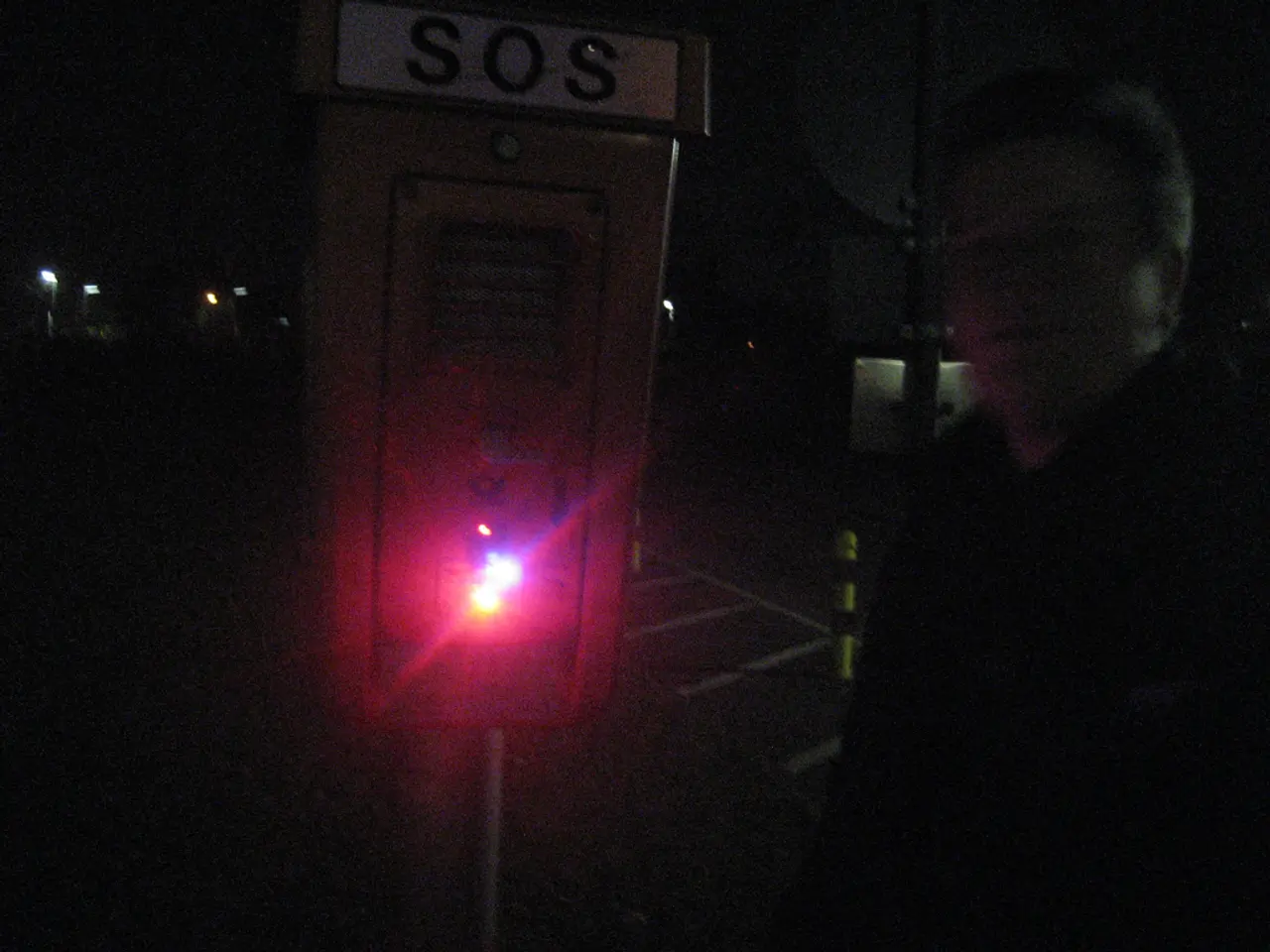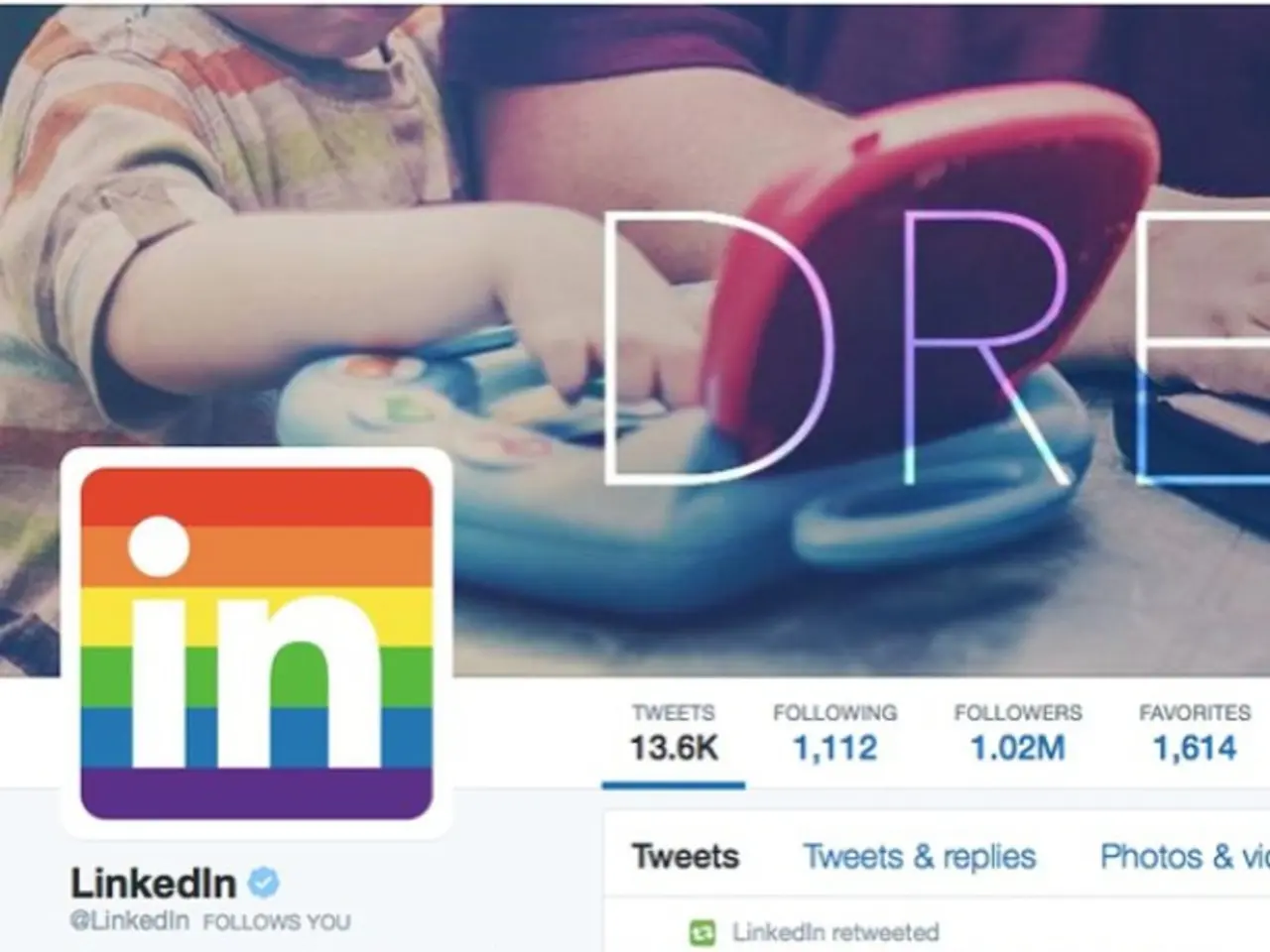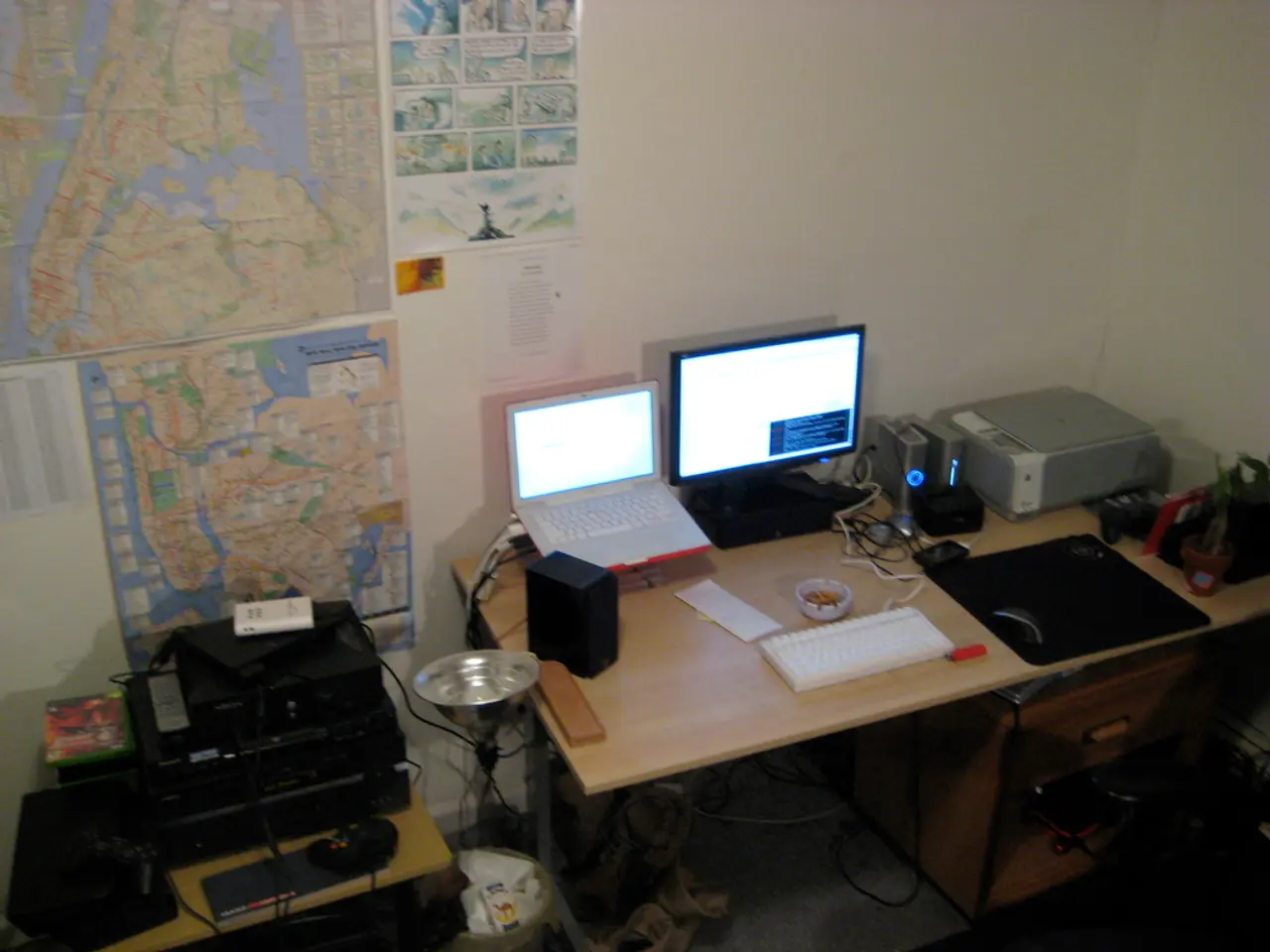Coding Competition Unleashes Artificial Intelligence Battles
In a significant turn of events, tech giants Google and Microsoft have thrown their hats into the ring of the "vibe coding race," marking the beginning of a competition that will determine the control over the next decade of software creation. This strategic move is not a mere trend chase but a critically important step towards dominating the evolving AI application landscape.
As AI foundational models and compute resources reach near parity and become commoditized, the real competitive advantage shifts to the application layer. This is where AI-powered tools enable users to create software effortlessly via natural language, a concept known as "vibe coding." Both Google (with Opal) and Microsoft (through GitHub Spark) have launched vibe coding platforms that allow describing software needs in plain English, automating coding and transforming software development fundamentally.
The application layer holds user relationships and generates recurring revenue. Dominating vibe coding platforms can lock users into ecosystems, creating powerful feedback loops and barriers to entry for competitors. This strategic move by the tech giants could potentially lock in distribution on the enterprise, B2B, and consumer sides of the application layer, a move that aligns with the broader strategy being adopted by the hyperscalers.
The AI landscape has experienced a significant shift within 48 hours this week. The hyperscalers' strategic entry into the AI competition is signified by their focus on the application layer, a battlefield that was previously overlooked. This new phase in the AI competition, signified by the launch of GitHub Spark and Google Opal, is closely connected to the Great AI Talent Wars, as companies compete for control over the next decade of software creation.
Analysts agree that whoever controls vibe coding platforms gains a decisive edge in shaping how software evolves in the AI era, influencing cloud providers, developer communities, enterprises, and consumers. The outcome of this competition will determine the control over the next decade of software creation, making it a race worth winning.
Microsoft, despite having pioneered AI coding tools like GitHub Copilot, faced challenges competing with new startups until its renewed emphasis on vibe coding under CEO Satya Nadella. Google's entry marks a direct contest for leadership in this transformative space. The battle for AI dominance has moved from infrastructure to the application layer, and the AI Wars are intensifying as competition in the industry heats up.
In summary, the strategic move by Google and Microsoft is a critical step towards dominating the evolving AI application landscape. This move secures market leadership and the infrastructure-to-application pipeline that will determine long-term success in AI innovation and commercialization. The AI competition is now focused on the application layer, and the stakes have never been higher.
- The real competitive advantage in the vibe coding race, as AI models and compute resources approach parity, lies in the application layer, where AI-powered tools allow users to describe software needs in plain English, automating coding, and transforming software development.
- Google's entry into the vibe coding race with Opal and Microsoft's renewed emphasis on vibe coding under CEO Satya Nadella, through GitHub Spark, signify a shift in the AI competition from infrastructure to the application layer.
- The outcome of the competition over vibe coding platforms will determine control over the next decade of software creation, as whoever dominates these platforms can lock users into ecosystems, creating powerful feedback loops and barriers to entry for competitors.
- The AI Wars are intensifying as competition in the industry heats up, with tech giants like Google and Microsoft actively vying for control over the evolving AI application landscape, influencing cloud providers, developer communities, enterprises, and consumers.




